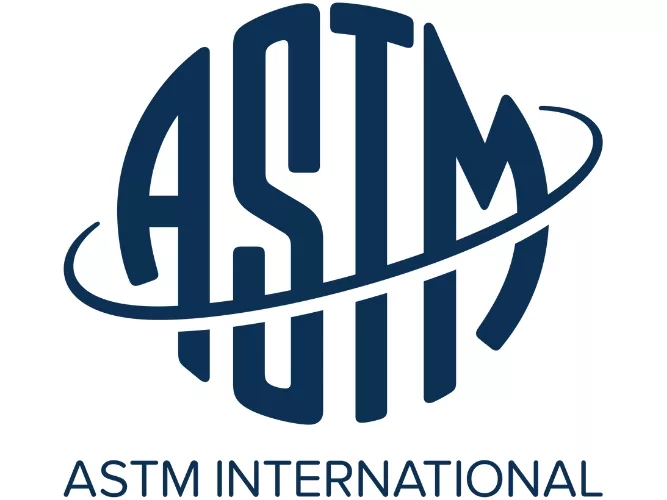A new ASTM International standard (D8560) will help to determine the presence of polyfluoroalkyl substances (PFAS) in the indoor air environment. ASTM’s air quality committee (D22) developed the new standard.
According to ASTM member Dustin Poppendieck, quantifying PFAS concentrations in indoor air is important for accurate and meaningful exposure analysis and risk assessments since some PFAS has been implicated in adverse human health impacts.
“As we discover PFAS in more locations, having accurate methods to quantify it is important, said Poppendieck, an environmental engineer at the National Institute of Standards and Technology. “While standards exist for sampling for PFAS in water and soil, sampling for PFAS in indoor air has different requirements and challenges.”
According to Poppendieck, there are over 10,000 PFAS molecules, which have a wide range of different chemical properties that impact analytical approaches. The new standard provides an overview of all the different approaches that have been used for measuring different PFAS types in indoor air.
Poppendieck notes that the target audience for this new standard is regulatory bodies and laboratories that are looking to ensure appropriate methods are used to analyze for PFAS in indoor air. “Knowing which methods are appropriate for which PFAS is critical to ensure accurate data is collected for exposure modeling and health impact determinations,” says Poppendieck.
The subcommittee that developed D8560 is now working on a proposed standard to analyze one type of PFAS, fluorotelomer alcohols (WK83516). All interested parties are invited to join in the development of this and other proposed D22 standards.





